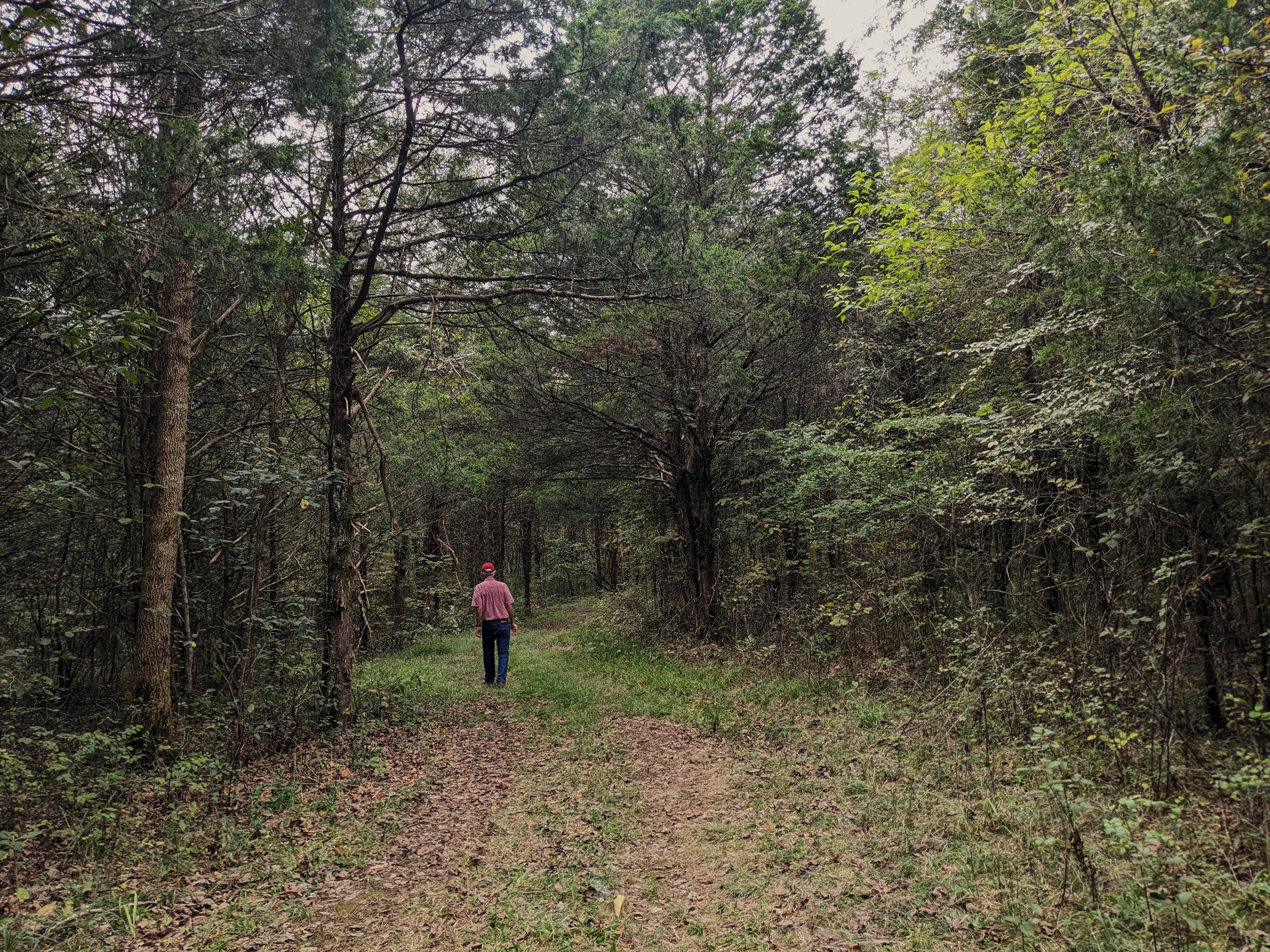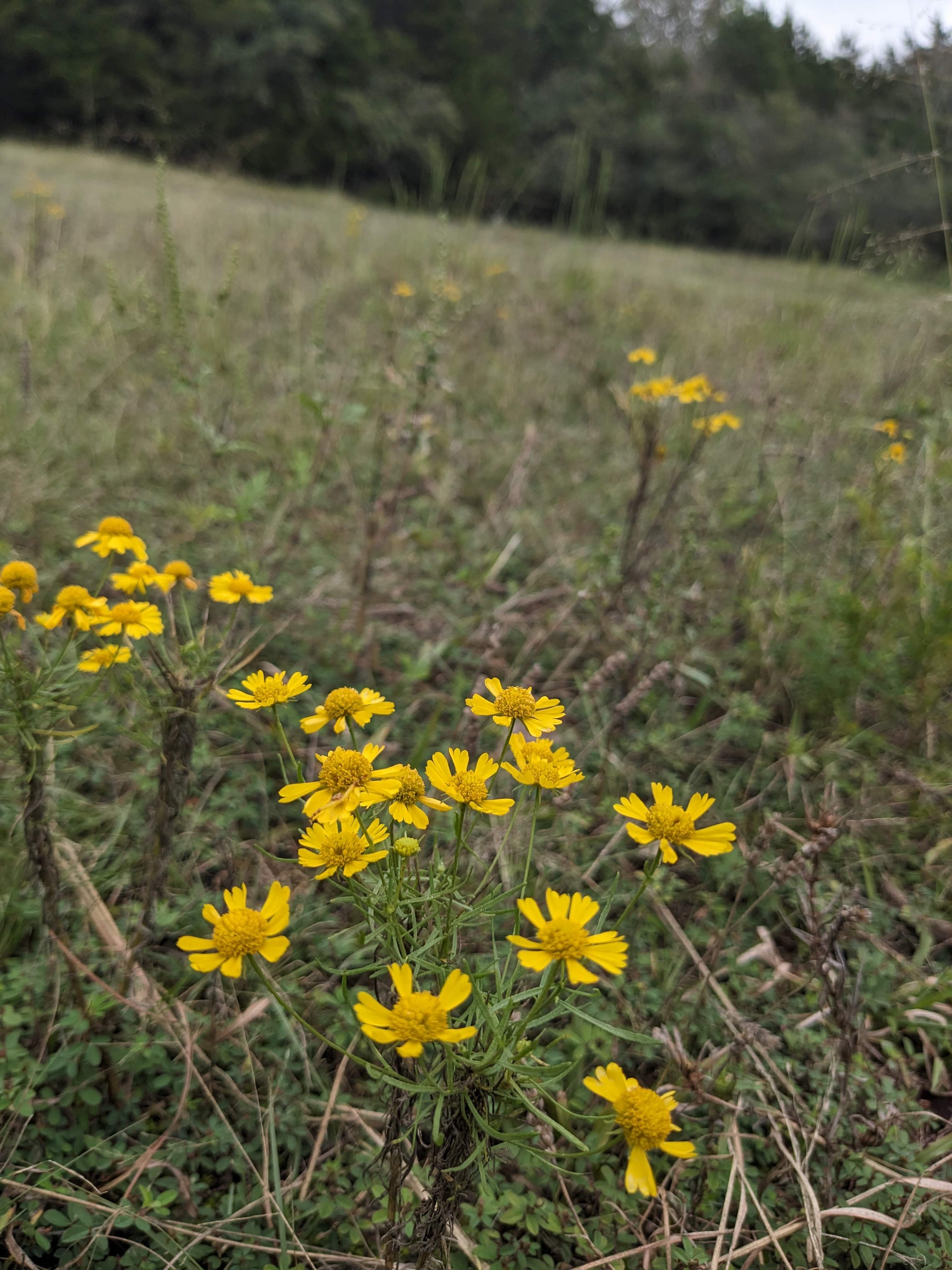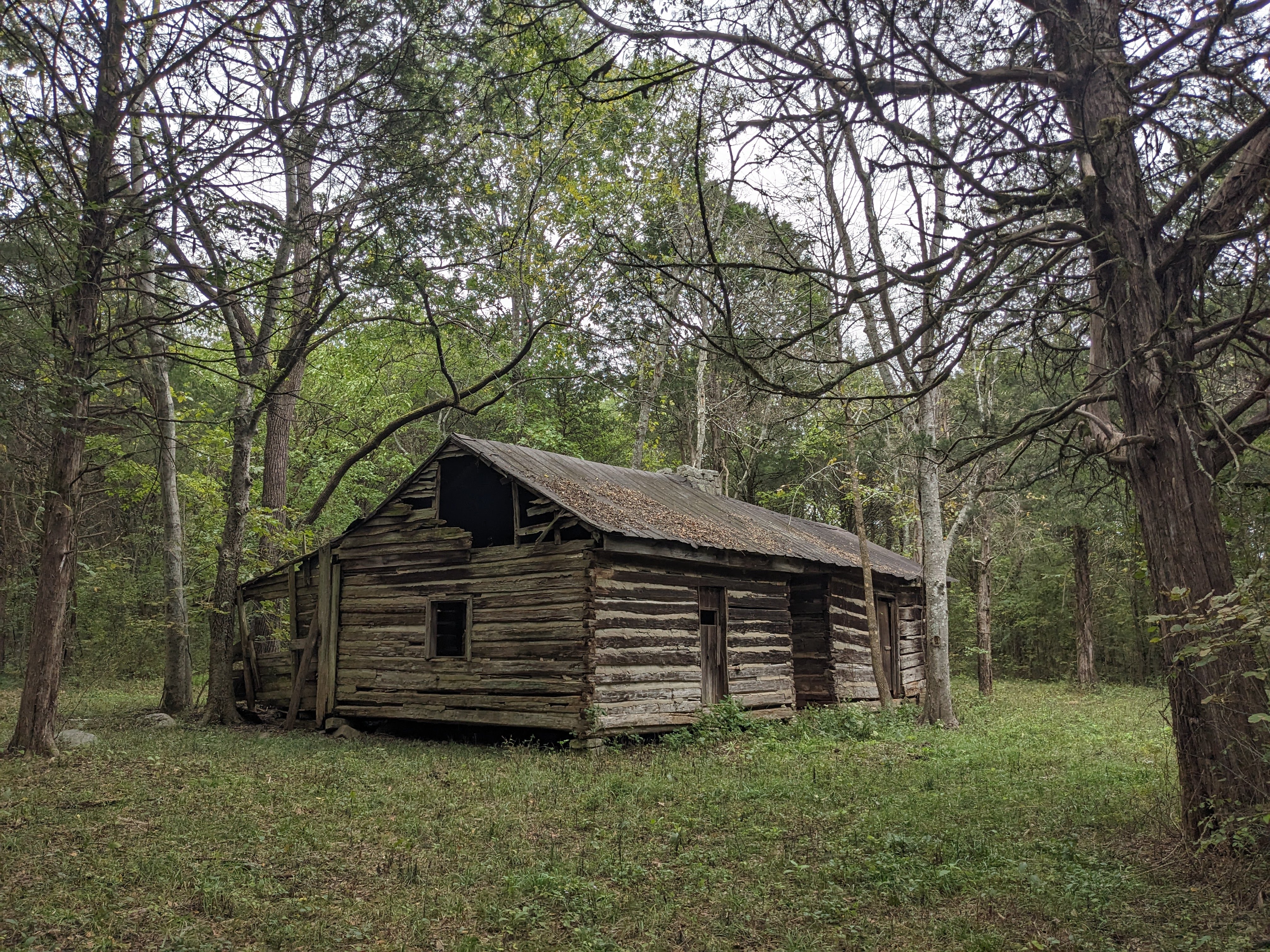This December, TennGreen Land Conservancy and Allen Patton protected 50 acres of globally unique cedar glades and their habitat in Middle Tennessee’s Rutherford County with a conservation easement.
Limestone cedar glades and barrens, which are incredibly diverse but under threat from development and pollution, exist on the properties. This additional 50-acre easement is also within the marking it as critical habitat. Called Rockdale Cedar Glades & Woodlands, Patton’s land abuts TennGreen’s Lamar Cedar Glades & Woodlands Conservation Easement, increasing this connected corridor of protected land to an expansive 256 acres.
According to Tennessee Department of Environment & Conservation Division of Natural Areas’ database, six rare species have been recorded within one mile of Rockdale Cedar Glades & Woodlands. These at-risk species include Limestone fame-flower (Phemeranthus calcaricus), Tennessee milk-vetch (Astragalus tennesseensis), Glade cleft phlox (Phlox bifida) and the gray bat (Myotis grisescens).
Protecting Rockdale ‘Preserves globally unique and fragile ecosystems that support specialized plant and animal species’

“We are deeply grateful for Allen Patton and the commitment that made this project possible,” lauds TennGreen’s Director of Private Land Conservation, Kristen Hanratty. “Protecting the limestone glades and barrens on this property preserves globally unique and fragile ecosystems that support specialized plant and animal species. Located within the Spring Creek and Stones River Upper Watersheds, this easement also safeguards key habitats for rare species like Tennessee milk-vetch and the gray bat, supporting their survival and the integrity of these critical landscapes,” Hanratty continues.
What are Limestone Cedar Glades?
According to Middle Tennessee State University’s Center for Cedar Glade Studies, limestone cedar glades are globally unique and fragile habitats found primarily in Middle Tennessee. They support a plant community of incredibly special species, many of which live nowhere else in the world.
Generally, a glade is a rocky, open area with thin to nonexistent soil. There are many different types of glades throughout the world, each classified by the type of rock underfoot (i.e., sandstone glade, shale glade, etc.). Middle Tennessee is home to unique limestone glades called “cedar glades” in common vernacular due to the eastern red cedar trees (Juniperus virginiana) that grow on the outskirts of the glades’ rocky patches.
These glades experience extreme conditions throughout the year. Due to poor drainage and water retention, the surface rock is wet in the winter and dry in the summer. The plants that call cedar glades home specialize themselves to these conditions through evolution. This is why some occur nowhere else in the world (making them endemic to the area).
‘Urban sprawl threatens to further reduce, degrade and fragment cedar glade habitats’

The Rockdale CE is located within the Interior Low Plateau Cedar Glades Conservation Opportunity Area (COA) as described by the Tennessee State Wildlife Action Plan. A goal within this COA is to increase acres of protected habitat to expand landscape connectivity and secure unique habitat.
As this COA states, “Population growth will continue in this region at one of the highest rates for the state overall during the coming decades. Urban sprawl threatens to further reduce, degrade and fragment glade habitats. Many of the glades’ rare species of flora and fauna have evolved life history characteristics that reduce their ability to move across the environment, making connectivity among these habitats crucial for maintaining genetic diversity.”
If you or someone you know stands ready to protect our unique glades or other habitat in Tennessee, please contact us.
For more information on this remarkable habitat, see TennGreen’s “Cedar Glades: All About Middle Tennessee’s Exclusive Experience.”

